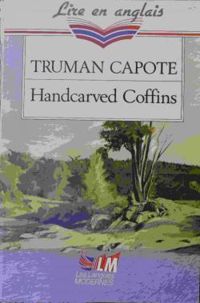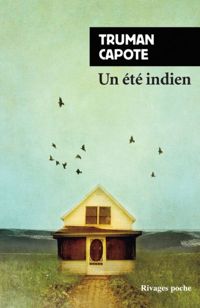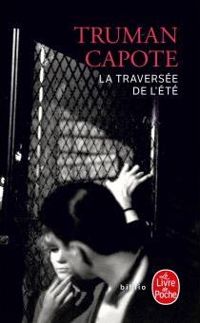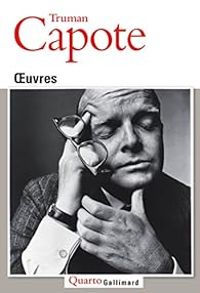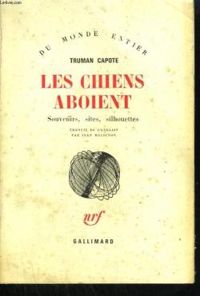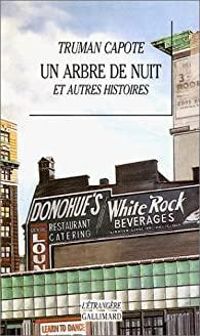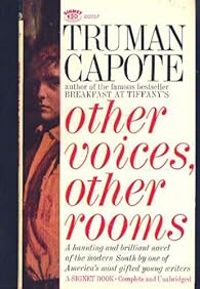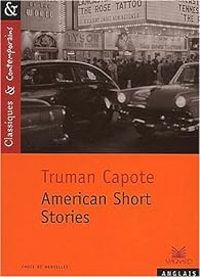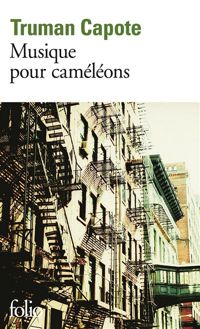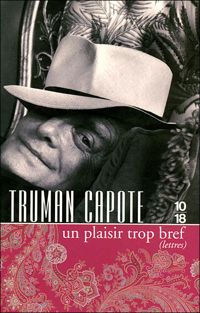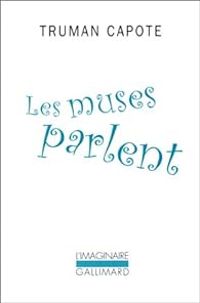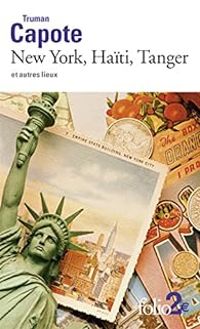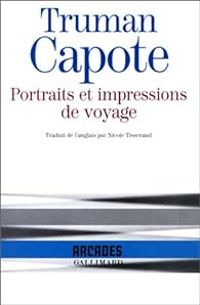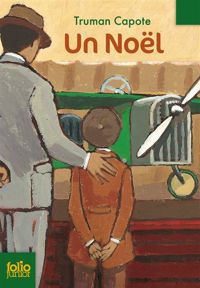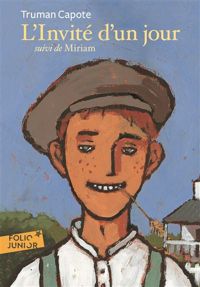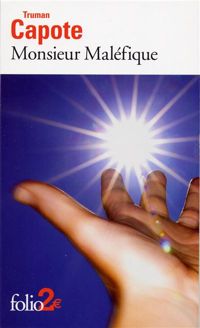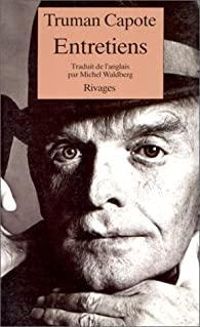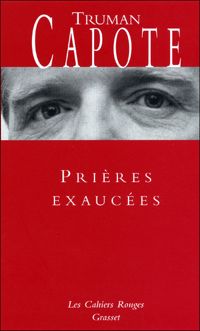Handcarved coffins
Handcarved Coffins was originally published in the December, 1979 issue of Andy Warhol's Interview, in a column entitled, "Conversations with Capote." Through a law enforcement officer he met while working in one unnamed state (probably Kansas), Capote was introduced to Jake Pepper, a detective employed by the state bureau of investigation in another unnamed state. Pepper contacted Capote because he thought the case he was working on might be of interest. Three years later, Capote came to the to...more
Handcarved Coffins was originally published in the December, 1979 issue of Andy Warhol's Interview, in a column entitled, "Conversations with Capote." Through a law enforcement officer he met while working in one unnamed state (probably Kansas), Capote was introduced to Jake Pepper, a detective employed by the state bureau of investigation in another unnamed state. Pepper contacted Capote because he thought the case he was working on might be of interest. Three years later, Capote came to the town where Pepper was working, and learned details about one of the most bizarre strings of murders ever experienced in any small town anywhere.
Several local people received tiny handcarved coffins made of balsa wood. Inside, the erstwhile victim found a candid snapshot of him or herself that had been taken without their knowledge. Even though a few recipients showed their strange artifacts to others around town, including police officers, no one knew what they meant.
Nine months after showing his handcarved coffin to Jake Pepper, a farmer was beheaded by razor wire strung across the road at e¬tly the correct height, so that when he drove his homemade jeep with no windshield by a particular spot, pffffft. No head. A lawyer and his wife got in their car to go to work, and were attacked by nine rattlesnakes that had been given shots of adrenaline. Another couple burned to death in a fire, along with friends who were visiting for Christmas. The town coroner, a flinty, dried-up little man who kept a beautiful wife at home strung out on morphine, was poisoned with liquid nicotine.
The identity of the killer and his motivation for murdering such a disparate group of people by such bizarre methods are equally fascinating. While this is not Capote's finest work, it is an absorbing piece of American journalism. Written in a style that is part redaction, part stage direction, and part great-American-novelist-at-work, this is a story that the reader will never forget.(less)

